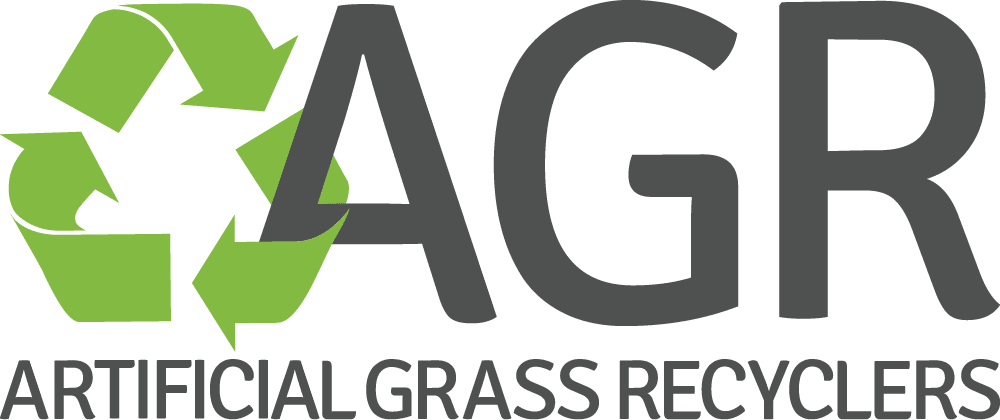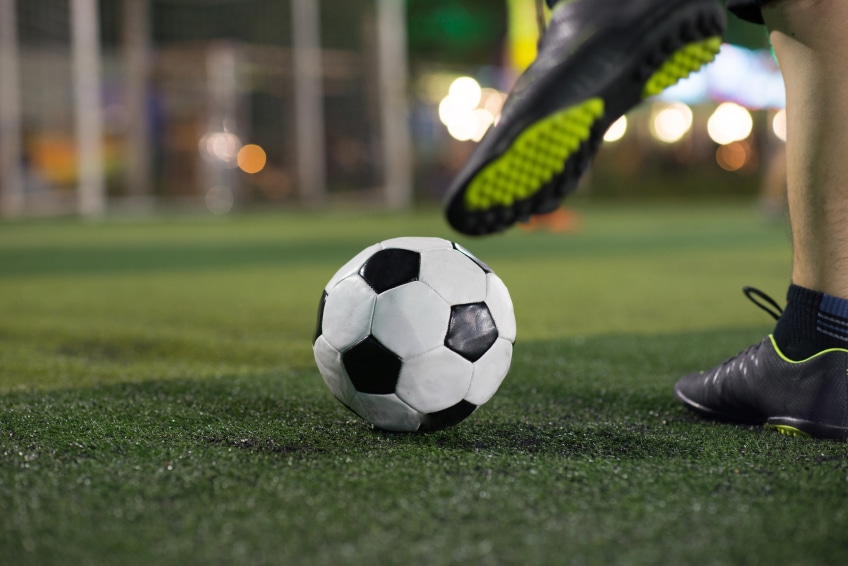Interested in the benefits of installing artificial grass for sports surfaces?
Artificial grass offers a wide range of advantages for both athletes and sports field mangers. Schools, parks, and sports facilities have been replacing their natural grass surfaces with artificial grass due to some of the drought tolerant benefits, which is becoming more and more important as the climate changes.
Let’s take a closer look at artificial grass for sports.
Artificial Grass for Sports
Artificial grass in general isn’t what it used to be a few decades ago.
While natural grass has long been the standard surface cover for football, soccer, and baseball, artificial grass is quickly gaining ground thanks to the technological advantages. These advantages include features designed and engineered for better performance. For example, artificial grass is designed to allow water to drain quickly, which avoids flooding, mud, and other natural damage caused by weather.
In addition, artificial grass for sports provides a softer surface for athletes. Field managers are required to test the softness of the field to ensure it meets the requirements for game play. Unlike natural grass, artificial grass for sports can actually absorb impacts in a way that avoids injury, including concussions.
- Football Fields
- Soccer Fields
- Baseball Fields & Cages
- Paintball Fields
- Fitness Centers
- And more
Keeping the Cost Down
 Artificial grass can be expensive when installing an entire field, which has prevented some from exploring the idea.
Artificial grass can be expensive when installing an entire field, which has prevented some from exploring the idea.
In effort to make artificial grass more available to those interested, we’ve developed a way to recycled artificial grass from previous installations. Our professional team handle the removal of existing artificial grass fields and providing it for further use.
This keeps unnecessary waste out of landfills and makes it available to you.
Artificial grass doesn’t require the same cost of maintenance either. When it comes to larger installations, like football fields, there certainly is some maintenance required. However, for smaller installations, like batting cages and indoor paintball fields, you can set it and forget it.
Environmentally Friendly
 Natural grass requires a lot of maintenance, including fertilizing, mowing, and watering. These three things don’t seem like a big deal, but they all contribute to the carbon footprint.
Natural grass requires a lot of maintenance, including fertilizing, mowing, and watering. These three things don’t seem like a big deal, but they all contribute to the carbon footprint.
Lawn mowers and other power equipment runs on gasoline, which not only adds to the cost of maintenance but adds to the carbon footprint as well. Though irrigation doesn’t have the same footprint compared to household appliance use, it does require power during the process of getting the water from the source to the destination.
Artificial grass doesn’t.
There’s no need to fertilize, mow, or water artificial grass for sports fields so long as its a smaller installation. For larger installations, some field mangers run the irrigation system, but usually for a limited time before games. In addition, managers will need to test the softness of the field to ensure it’s at ideal playing conditions.
Conclusion
Artificial grass for sports fields can provide the benefits schools, managers, and athletes desire.
Whether you’re interested in keeping maintenance and water costs down or keeping the field ready for play despite poor weather conditions, artificial grass outperforms natural grass.
Want to learn more?
Our team is happy to answer your questions, describe the differences in more detail, and even provide a free quote – Contact us via email or call 855-409-4247.

